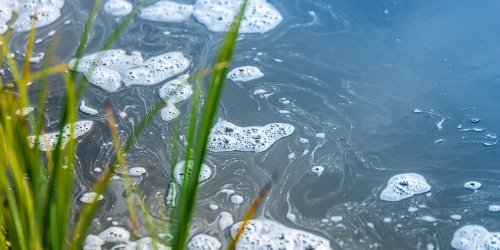Spill Response

Accidental spills can happen at any time. There can be solid, liquid, or gas spills. For any situation of a spill in the workplace there should be a clean-up plan. These plans can vary depending on the material spilled, the quantity and the location.
Small spills in the facility may be able to be contained with the use of a Spill Kit. Larger spills may require additional efforts including calling a professional hazmat clean-up team. Some organizations that handle large quantities of hazardous materials, or especially potent substances like acids, may have their own response teams. Anyone who may be expected to respond to a spill must be trained. Responding to a spill using a spill kit may require only internal training. Response to a larger spill or one that can affect the environment or surrounding neighborhoods requires more extensive training. OSHA’s spill regulations are usually referred to by the acronymHAZWOPER. This regulation governs spill response and requires a rigorous training program. Separate federal HAZWOPER regulations exist for General Industry and Construction.
Any good spill response plan will include procedures on Personal Protective Equipment use and emergency response such as using a shower or eyewash station. The spill response program does not work in isolation; a spill may draw on many of the organization’s safety, health and environmental programs.
The best practice to respond to a spill is not to have one at all; however, this is not always the case, so having an effective response plan in place is essential.
To get more information on the appropriate spill response for a specific County operation please contact the corresponding departmental Safety Coordinator.
For further information on specific regulatory guidelines please refer to the link(s) below:
HAZWOPER (Cal-OSHA – General Industry)
HAZWOPER (Fed-OSHA – General Industry)
HAZWOPER (Fed-OSHA – Construction)
SPCC (EPA)
 Translate
Translate